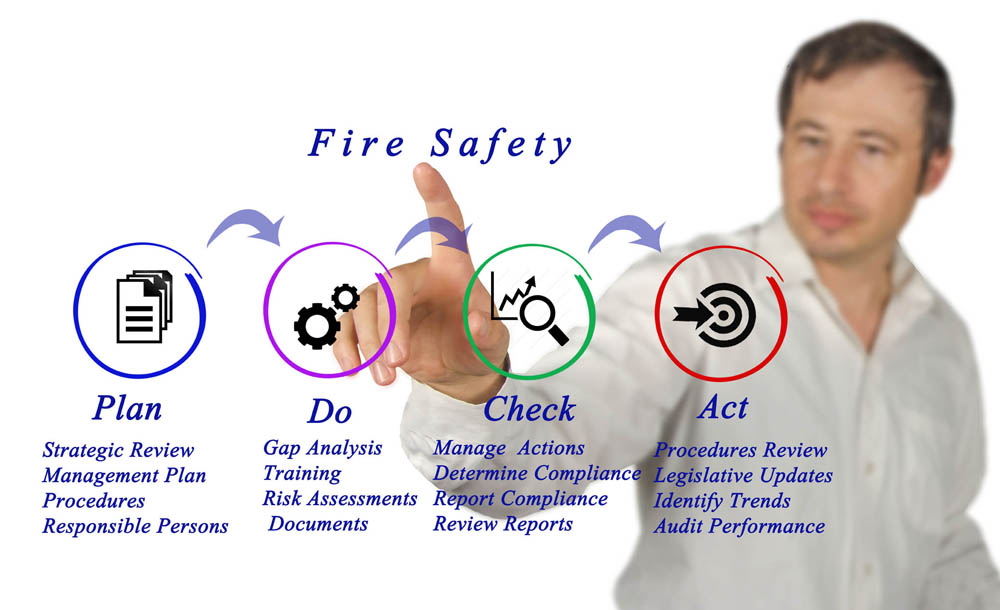Houses in Multiple Occupation (HMO’s) are different from standard buy-to-lets when it comes to fire regulations. If you are thinking of buying an HMO or converting a property into an HMO, you need to understand the fire regulations as they relate to that kind of property.
The fact is that the fire regulations relating to HMO’s are more detailed and there may be work to do in order to get the property to the acceptable standard. One of the reasons for this is that your tenants may not know each other very well, other than just as a passing acquaintance in a corridor, and it is always possible that they might not like each other and not talk at all.
In a buy to let you don’t usually have a situation where internal doors are regularly locked, but in an HMO it is the opposite. This can mean that it may be more difficult for somebody to leave the property in an emergency.
When it comes to HMO fire risk assessment, one of the best things that you can do is to talk to us at UK-Fire Risk Assessments. Our job is to ensure that properties are suitable and fit for purpose as regards to fire safety. We can visit your property and provide you with tips and advice on how to make certain that the property is compliant with the appropriate regulations.
This advice is very often simple and may not involve a lot of expense. Even if it does, it is better to comply with regulations than ignore them. The advantage of speaking to us is that you then have independent expert advice on what, if anything, you need to do to the property.
Health and Safety regulations require you to ensure that your tenants always have an easy escape route, and in this connection one very important item is to install thumb turn locks. This provides your tenants with an escape route. If there was a fire and you had ordinary key locks it is very possible that the tenant would not be able to find the key, or lose it in the panic, and therefore be trapped in the building.
Another essential is, of course, fire doors. The rules state that as a landlord you are required to ensure that all escape routes from the property are protected, and this is mainly achieved by using fire doors. You should also install fire alarms and smoke detectors. Fire alarms should be in all bedrooms, corridors, and communal areas, such as a communal lounge. Ideally, all your smoke detectors should be integrated, which means that, if one goes off, they all do.
At UK-Fire Risk Assessment we can visit your property and provide you with all the advice required to keep you compliant.

